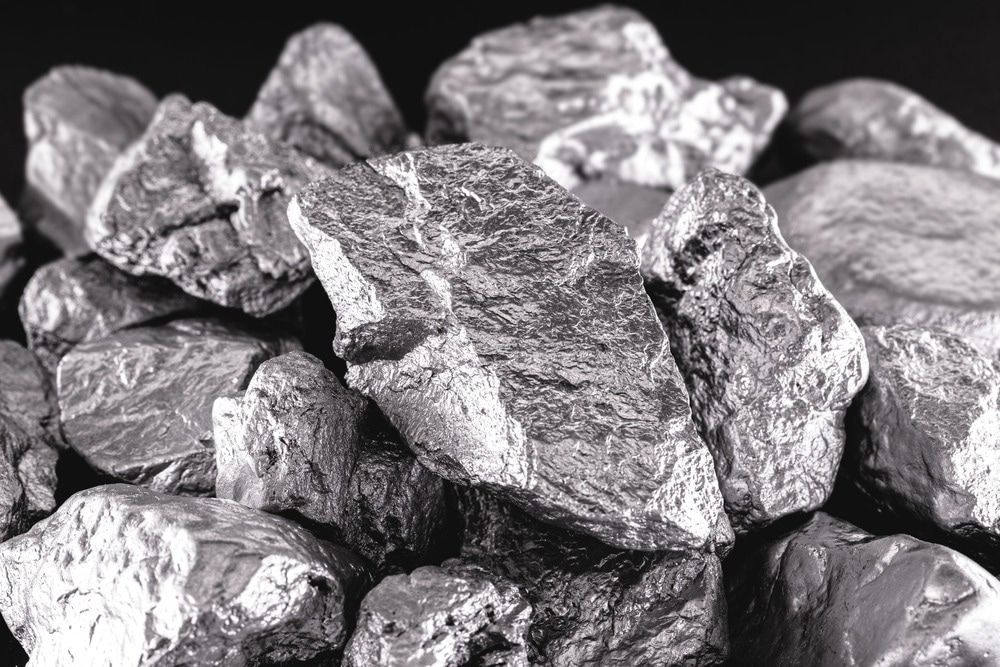Cobalt chromium molybdenum alloy systems are widely used in orthopedic implants due to their excellent metallic properties. However, their practical applicability is severely hampered by the inability to maintain mechanical and tribological properties without compromising corrosion resistance.

Study: Effect of chromium and molybdenum increment on the crystal structure, nanoindentation and corrosion properties of cobalt based alloys. Image Credit: RHJPhtotos/Shutterstock.com
An accepted paper from the journal Physica Status Solidi A tackles this issue by investigating the impact of chromium and molybdenum concentration in a cobalt chromium molybdenum alloy system. The study mainly focused on the structural, physicochemical, and nanoindentation characteristics of the cobalt chromium molybdenum alloy systems.
Cobalt-Chromium Molybdenum Alloys: Overview and Significance
Many research groups are currently focused on creating new alloys and metals that can enhance the effectiveness of orthopedic implants, notably in young and more active patients.
Cobalt chromium molybdenum alloy systems are a significant alloy group in this regard because of their exceptional physical reliability, wear effectiveness and corrosion resistance.
While ASTM guidelines limit the alloy configurations for cobalt chromium molybdenum alloy systems, they also provide compositional regions within which a variety of alloy configurations with distinct nanostructures and phase makeups can be obtained. This allows for customizable mechanical, nanoindentation, and electrical properties of cobalt chromium molybdenum alloy systems.
Properties of Cobalt Chromium Molybdenum Alloy Systems
The physical and rheological characteristics of cobalt chromium molybdenum alloy systems are derived from the alloys' crystalline structure and metallurgical morphology, both of which are determined by the alloy compositions.
Carbon is a critical component in cobalt chromium molybdenum alloy systems. While carbon is insoluble in pure cobalt, it can produce carbides with chromium and molybdenum that function as crystallites inside the substrate, preventing dislocation slippage.
These carbides can help to reinforce cobalt chromium molybdenum alloys, although their effect on rheological effectiveness differs depending on how the alloy is treated. The treatment procedures have an effect on the shape, content, dispersion, and size distribution of the carbides within the substrate, which in turn affects the efficiency of the cobalt chromium molybdenum alloy systems.
Crystalline Nature of Cobalt Chromium Molybdenum Alloy Systems
Cobalt, chromium, and molybdenum can coexist as a singular stable mixture in the face-centered cubic (FCC) or hexagonal-close packed (HCP) phase. Pure cobalt undergoes the transformation from FCC to HCP phase at 417 degrees Celsius. However, the transition temperature rises when it is coupled with an HCP chromium and molybdenum alloy.
The FCC state in these materials has enhanced flexibility and elastic modulus, but the alloy's low lattice distortion energy restricts dislocation cross-slip. This causes extensive stacking defects in the cobalt chromium molybdenum alloy, allowing for the strain-induced change to the HCP phase.
These modifications improve the alloy's tribological properties. It not only results in a tougher cobalt chromium molybdenum alloy surface, but the friction factor produced from single crystals HCP alloy is roughly 50% less than that acquired from FCC alloy under identical conditions and sliding speed.
Highlights and Key Developments of the Current Study
Pure cobalt is volatile and susceptible to corrosion attacks when employed in chloride-rich settings. Chromium prevents this volatility by creating an enhanced passive oxide film on the alloy interface. Including molybdenum in the shape of oxides or metals further supports the passive effect.
Although chromium, cobalt, and molybdenum are required for specific metabolic functions in the human body, any increase over a certain level is considered undesirable owing to probable inflammation responses.
Since the content of the cobalt chromium molybdenum system is crucial in determining its characteristics, the researchers in this study concentrated on the production of diverse alloy compositions.
X-ray diffraction was used to investigate the impact on the crystalline structure. Moreover, an attempt was made to determine the optimal cobalt chromium molybdenum alloy content with better corrosion and mechanical characteristics.
The toughness of the cobalt chromium molybdenum alloy increased linearly as the chromium percentage increased. The open circuit voltage, linear sweep potentiometry, and polarization resistance measurements revealed that adding chromium to 30 wt.% increased the passivity of cobalt chromium molybdenum alloy systems, with any subsequent increase producing a deterioration in corrosion characteristics.
Based on these findings, it is reasonable to assume that the cobalt chromium molybdenum alloy investigated in this study has good potential for use in many orthopedic applications, provided the concentration of the alloy contents is carefully regulated.
Reference
Lone, S. A. et al. (2022). Effect of chromium and molybdenum increment on the crystal structure, nanoindentation, and corrosion properties of cobalt-based alloys. Phys. Status Solidi A. Available at: https://onlinelibrary.wiley.com/doi/10.1002/pssa.202200373
Disclaimer: The views expressed here are those of the author expressed in their private capacity and do not necessarily represent the views of AZoM.com Limited T/A AZoNetwork the owner and operator of this website. This disclaimer forms part of the Terms and conditions of use of this website.